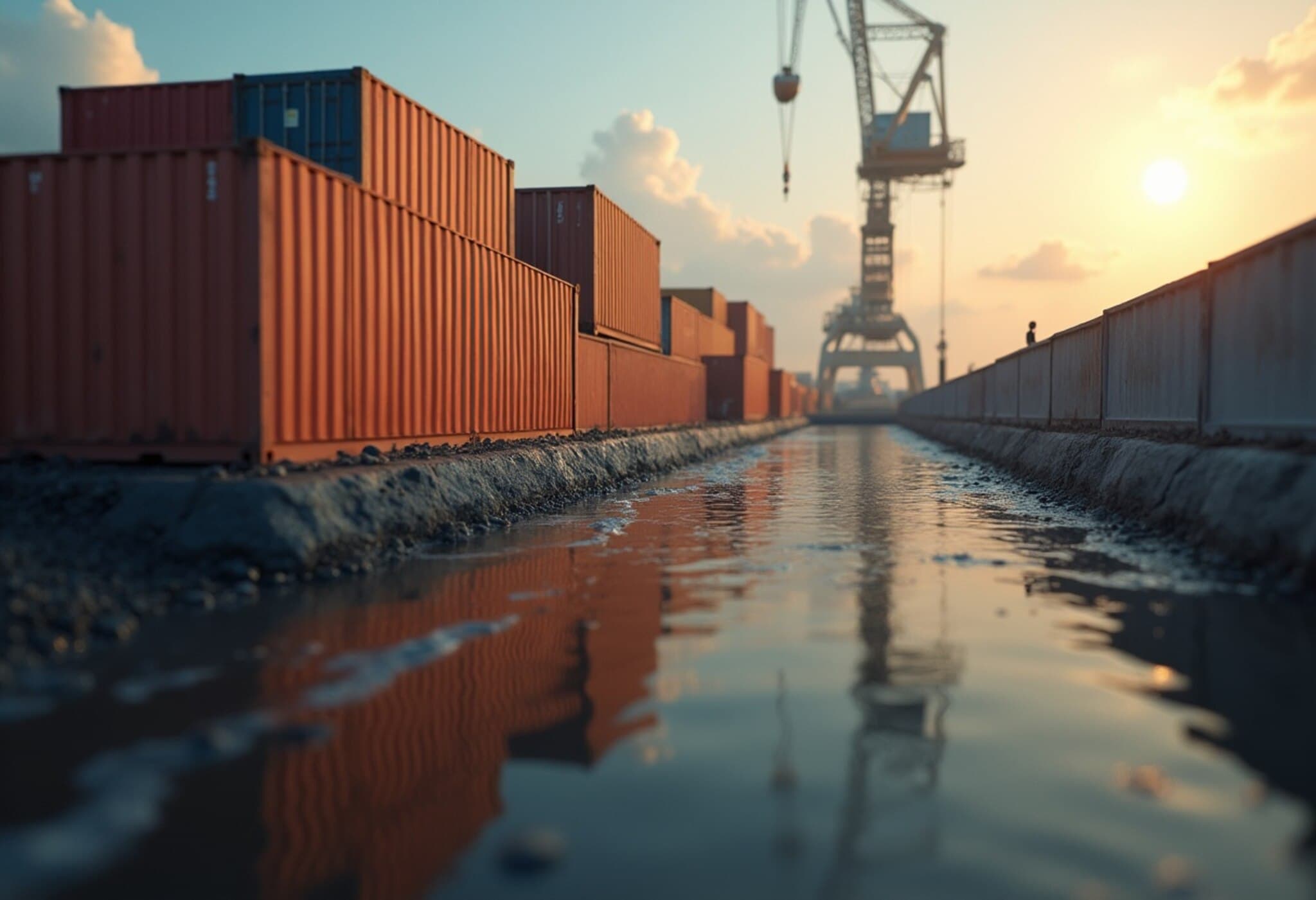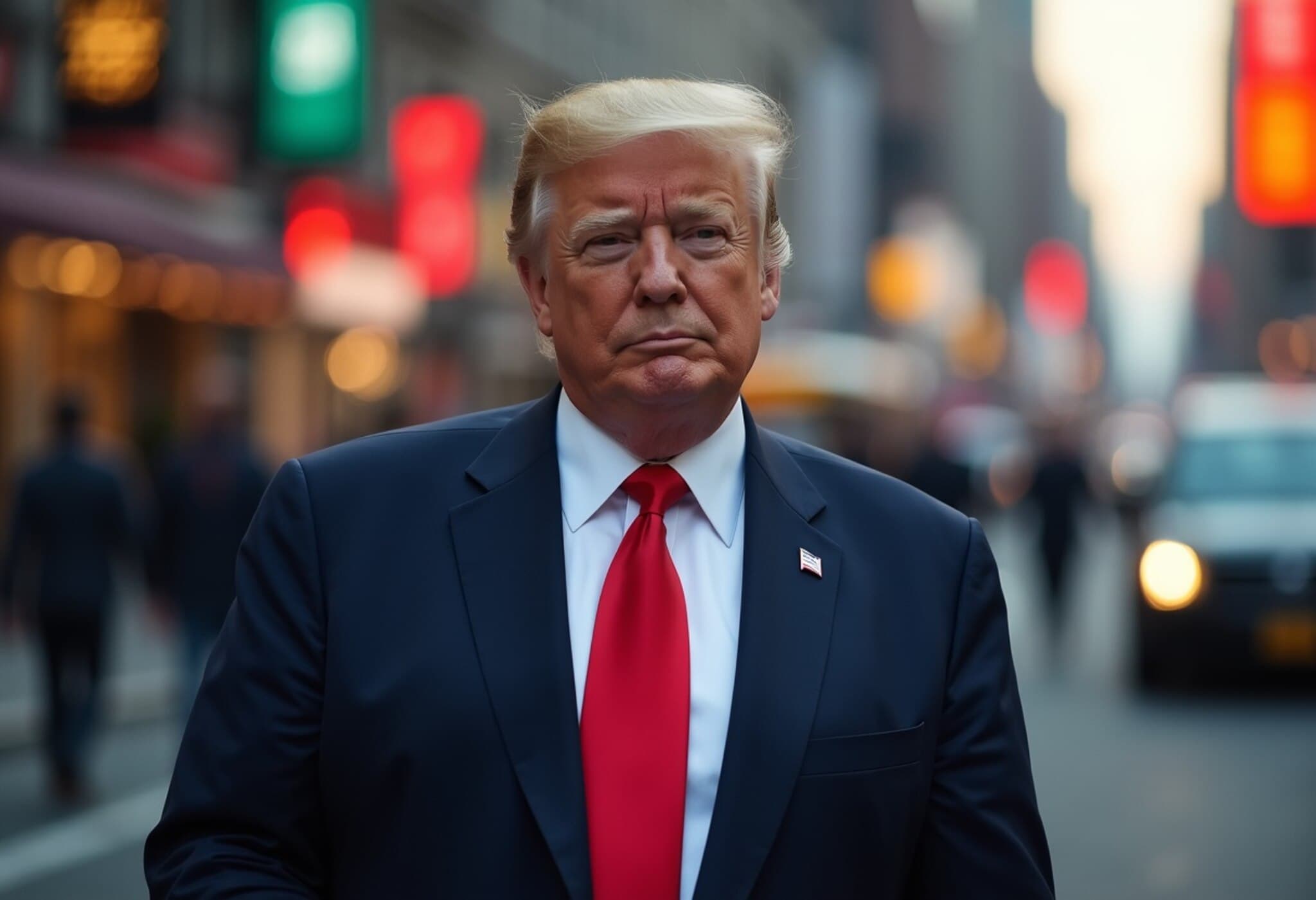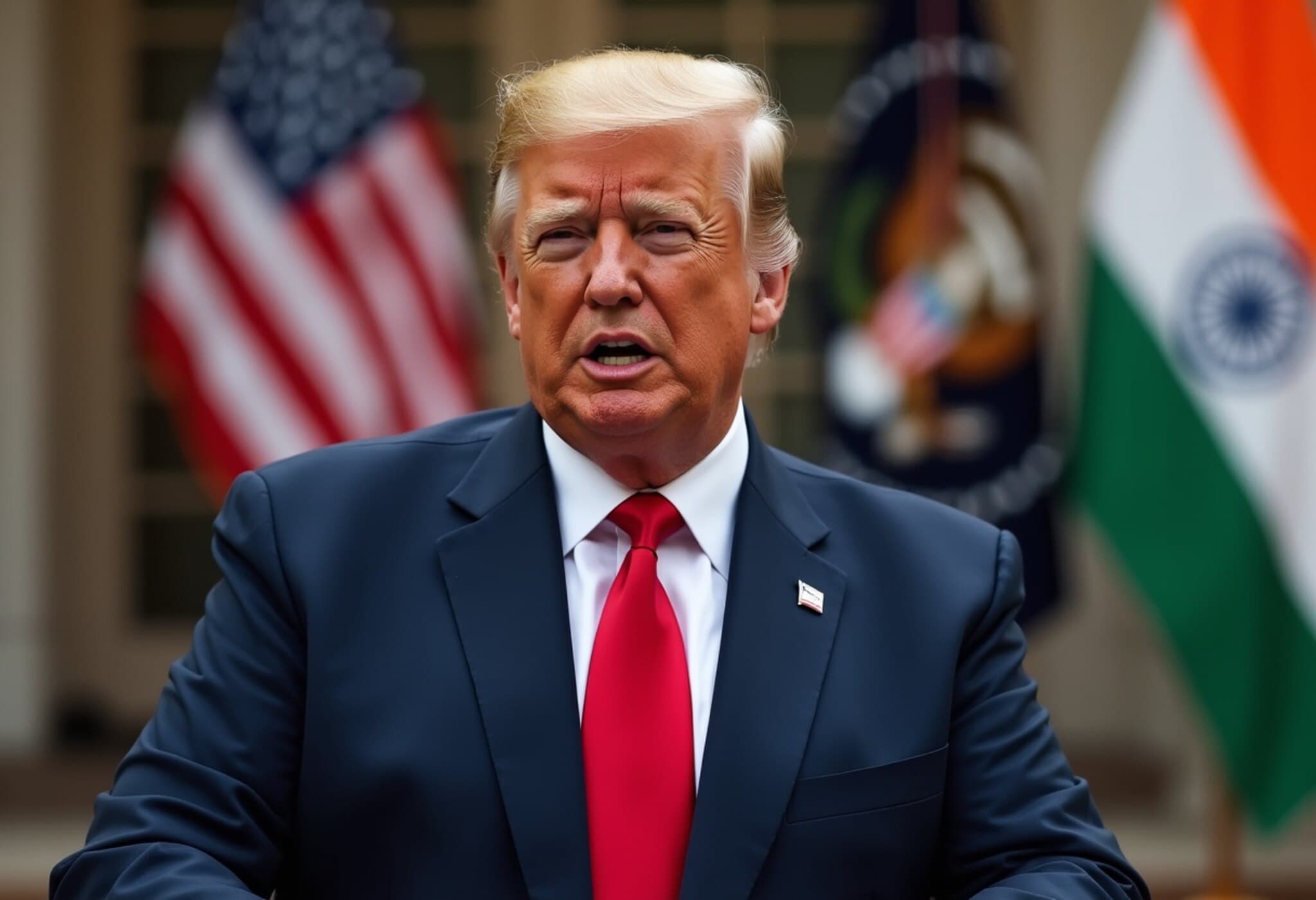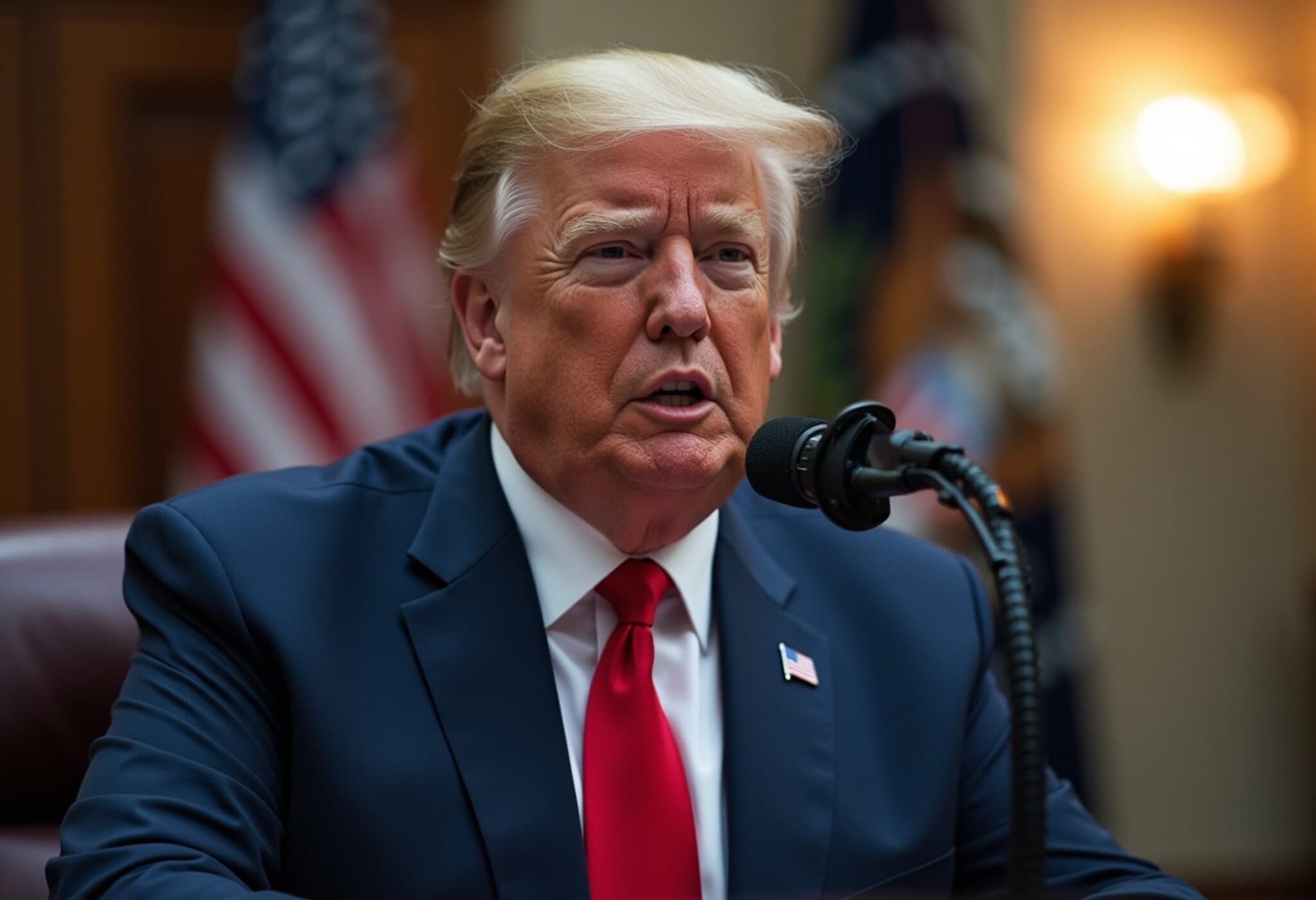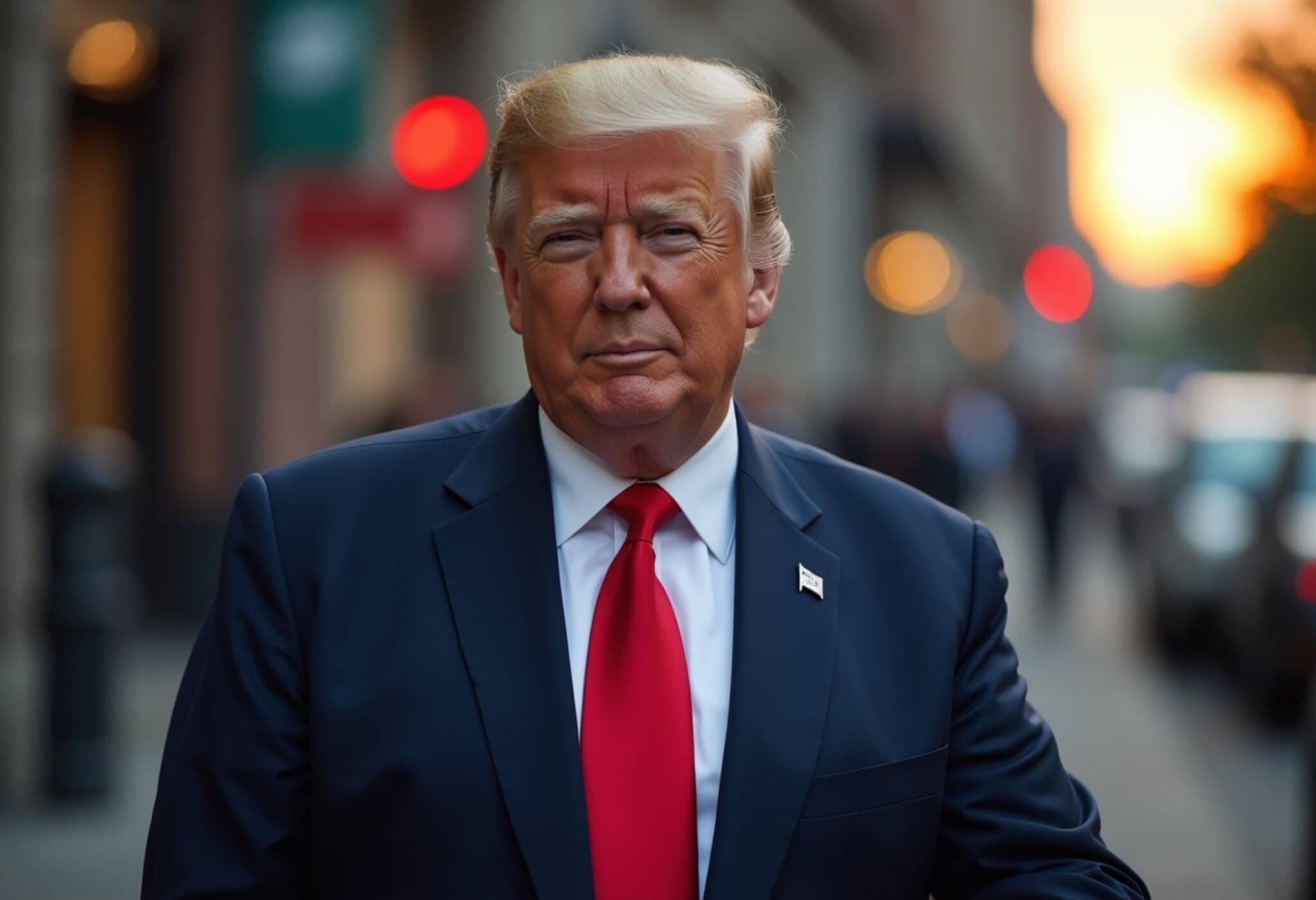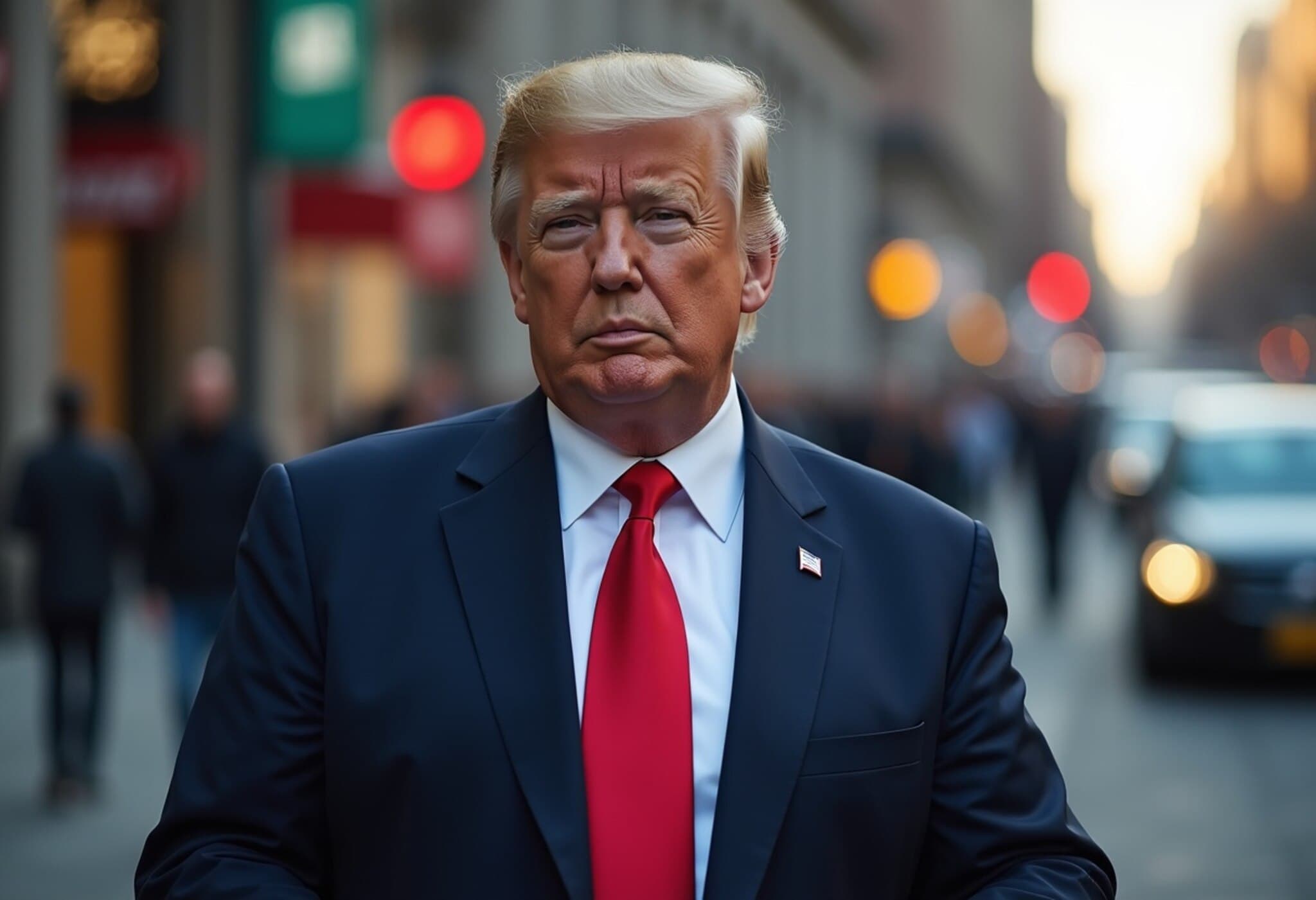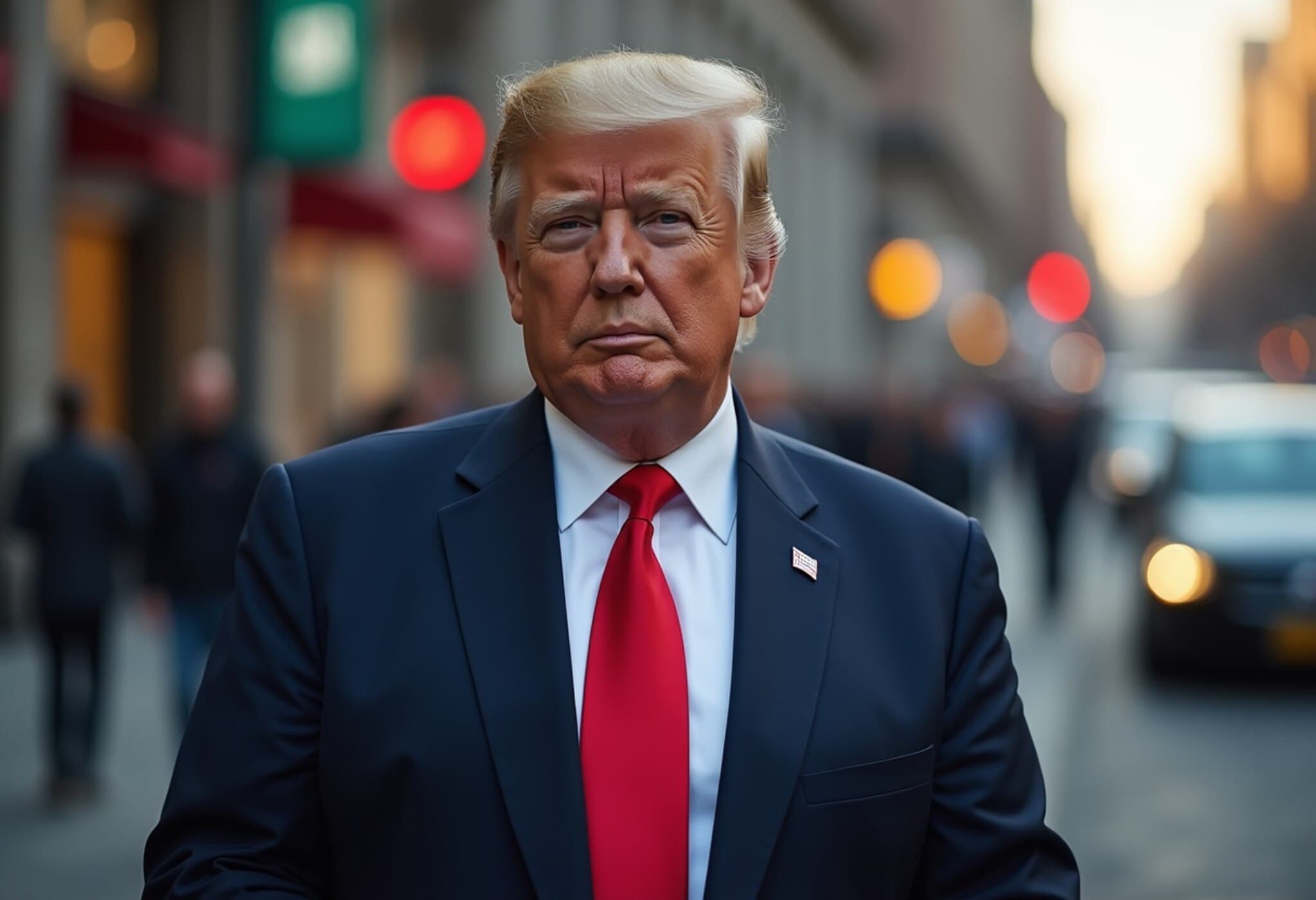Pakistan’s Import Surge from India Contrasts with Declining Exports to China
In an intriguing shift within South Asia's complex trade landscape, Pakistan has noticeably increased its imports from India during the fiscal year 2024-2025, while its exports to China have concurrently declined. This evolving trade pattern has intensified Pakistan’s trade imbalance, raising questions about regional economic interdependencies and geopolitical consequences.
Rising Imports from India Amid Diplomatic Strains
According to data released by the State Bank of Pakistan and reported by Dawn, Pakistan’s imports from India jumped to $220.58 million in FY25, up from $206.89 million in the previous fiscal year. This upward trajectory continued despite longstanding political tensions and restrictive trade policies between the two neighbors. Notably, while imports have climbed steadily, Pakistan’s exports to India remained nearly stagnant at $1.43 million in FY25, after a modest peak of $3.67 million the year before.
The considerable gap between imports and exports has widened Pakistan’s trade deficit with India to over $200 million. This scenario underlines a classic economic challenge faced by Pakistan: reliance on Indian goods despite fragile bilateral relations. It also hints at the limited diversification of Pakistan's export markets toward India, underscoring structural trade imbalances that policymakers must contend with.
Expanding Trade Deficit Across South Asia
Zooming out, Pakistan’s trade deficit with its nine neighboring countries—including India, China, Afghanistan, Bangladesh, and Sri Lanka—has escalated by 29.42%, reaching a staggering $12.3 billion in FY25. This marks a sharp increase from $9.5 billion just a year earlier.
- Imports: Surged by 20.66% to $16.7 billion, driven primarily by spikes in imports from China, India, and Bangladesh.
- Exports: Grew marginally by 1.49% to $4.4 billion, with notable gains to Afghanistan, Bangladesh, and Sri Lanka, yet declining shipments to China.
China Trade Deficit Widens Amid Evolving Economic Ties
China remains Pakistan’s largest trading partner in the region by a significant margin. Imports from China surged by 20.79% to $16.3 billion in FY25, compared to $13.5 billion the prior year. However, Pakistan’s exports to China experienced an 8.6% decline to $2.48 billion. This widening gap threatens to exacerbate Pakistan’s overall trade imbalance and reflects deeper economic dependencies that pose strategic challenges for Islamabad.
Analysts suggest that Pakistan’s increasing imports from China largely consist of machinery, electronics, and raw materials required for infrastructure projects tied to the China-Pakistan Economic Corridor (CPEC). On the flip side, Pakistan’s export decline—a factor contributing to its growing trade deficit—signals persistent weaknesses in competitiveness and diversification of export products suited for the Chinese market.
Regional Trade Growth with Opportunities and Challenges
While trade with China and India shapes much of Pakistan’s economic narrative, exports to smaller neighbors like Afghanistan, Bangladesh, and Sri Lanka have shown encouraging growth. These rising figures may offer Islamabad potential pathways to diversify its trade portfolio beyond its heavyweight partners.
Nonetheless, the challenge remains formidable. Pakistan needs to navigate sensitive geopolitical currents, boost production and export capacities, and implement strategic trade policies that can mitigate growing trade imbalances that strain its economy.
Expert Insights: Navigating Trade Imbalances
From a policy perspective, Pakistan’s widening trade deficit with China and India poses risks of unsustainable foreign exchange pressures and raises concerns over long-term economic sovereignty. Experts emphasize the importance of enhancing value-added exports and improving bilateral trade frameworks to balance these deficits.
Trade economist Dr. Sana Ali notes, "Pakistan's reliance on imports from India and China during times of political flux suggests an urgency to stabilize trade relations, but the growing deficit calls for a rethink on export-led growth strategies, investment in competitive sectors, and regional cooperation mechanisms."
Moreover, U.S. trade restrictions and Pakistan’s inclusion on certain export watchlists add an extra layer of complexity to its trade calculus, potentially limiting access to key markets and international financing.
Looking Forward: What Lies Ahead for Pakistan’s Trade Relations?
As Pakistan strives to recalibrate its trade balance, this period represents both a challenge and an opportunity. Enhancing trade diplomacy, fostering industrial innovation, and engaging with emerging regional trade agreements could be vital steps. The evolving trade dynamics highlight the broader economic narrative in South Asia, where political tensions and economic integration remain intricately intertwined.
Editor’s Note
Pakistan’s increased imports from India despite political tensions underscore the complexities of economic interdependence in the region. Meanwhile, the declining exports to China highlight vulnerabilities in Pakistan’s trade diversification. Moving forward, it will be critical for policymakers to address these imbalances through targeted economic reforms and strategic trade partnerships to ensure sustainable growth. Readers might also consider how these trends reflect broader geopolitical shifts influencing South Asia’s economic landscape.

